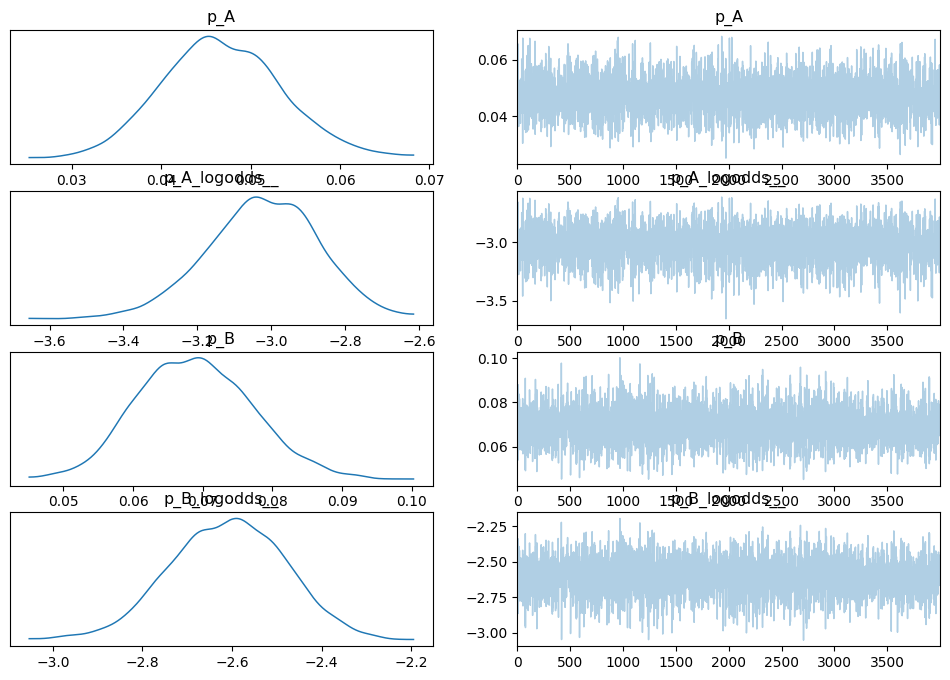Medium
1M
444

Image Credit: Medium
Statistical Analysis with Python — Part 5: A Practical Guide to Bayesian Statistics
- Bayesian statistics is based on Bayes’ Theorem, updating the probability of a hypothesis with new evidence.
- It allows for adjusting beliefs based on prior knowledge combined with new data or likelihood.
- Different from frequentist stats, it focuses on updating confidence in events happening.
- Bayesian methods provide flexibility by updating beliefs with new data continuously.
- It involves various approaches like Bayesian inference, Bayesian decision theory, and Bayesian A/B testing.
- Hierarchical models share information across groups for improved estimates, while model averaging considers multiple models.
- Bayesian A/B testing continuously updates beliefs about which version is better as data is collected.
- It combines Bayesian inference, parameter estimation, hypothesis testing, and decision theory for informed decisions.
- Businesses need to consider priors, avoid overfitting, interpret posterior distributions, update models, ensure computational efficiency, and involve domain expertise.
- By avoiding common mistakes and following best practices, companies can leverage Bayesian statistics for data-driven decisions.
Read Full Article
26 Likes
For uninterrupted reading, download the app